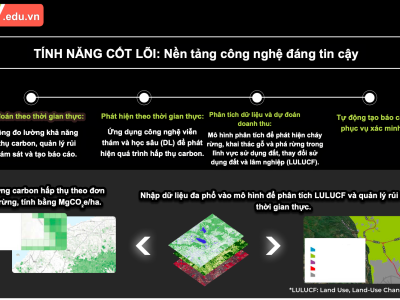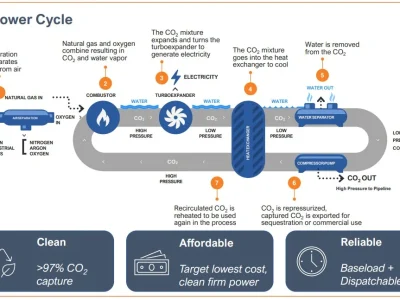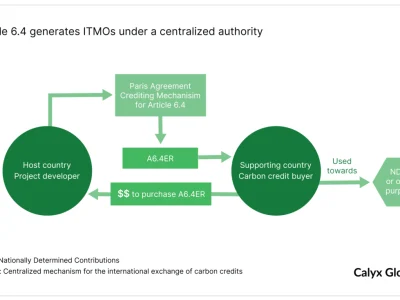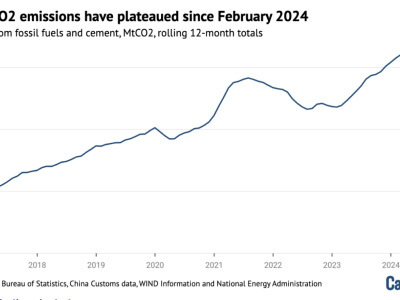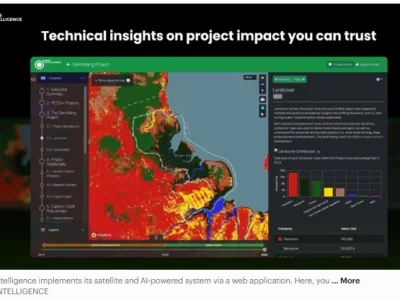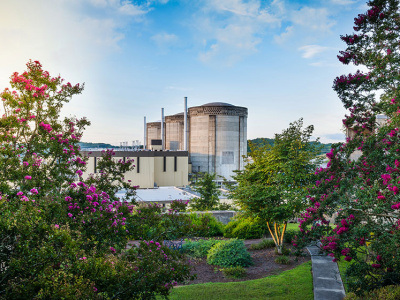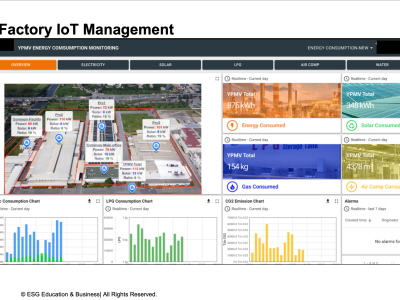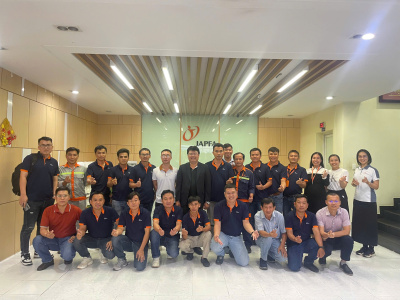 Chuong trinh dao tao
Chuong trinh dao tao
Reframing Food Waste: From Global Burden to High-Value Resource
Globally, food waste represents one of the most significant inefficiencies in the agri-food system, with profound implications for climate, land use, water, and energy. Each year, approximately 1.3 billion tonnes of food is lost or wasted — nearly one-third of all food produced. According to the Institution of Mechanical Engineers, as of 2013, nearly half of all global food was wasted.

In the United States alone, over one-third of food production is wasted. The environmental cost is staggering:
- The annual greenhouse gas emissions from U.S. food waste alone are equivalent to 42 coal-fired power plants.
- The energy and water embedded in wasted food could supply 50 million homes.
- 140 million acres of land — equivalent to California and New York combined — are used to grow food that is never consumed (EPA Food Waste Report).
More recent data indicates that global food waste reached 1.05 billion tonnes in 2022, including inedible parts, amounting to 132 kilograms per capita and representing nearly 20% of food available to consumers. Of this:
- 60% occurred at the household level
- 28% from food services
- 12% from retail
(UN Environment Programme, 2024)
While the COVID-19 pandemic caused a slight reduction in global food waste, the overall impact remains massive: the food wasted annually would fill 23 million 40-tonne trucks — enough to circle the Earth seven times (UNEP, 2021).
Safe and Efficient Pathways for Food Waste Valorization
Food waste is not just a disposal issue — it is a nutrient-rich, high-calorific asset that can be transformed into animal feed through safe, proven methods. However, pathogen control is paramount, especially when food waste comes from consumer plates or contains animal products. Heat treatment is essential in these cases to prevent disease transmission.
Where food waste is unspoiled or pre-consumer, lactic acid fermentation offers a cost-effective alternative:
- Studies such as Lactic Acid Fermentation of Food Waste for Swine Feed and Anaerobic Stabilization of Food Wastes for Feed Supplements have shown that fermentation improves nutrient preservation, palatability, and pathogen suppression.
- For additional biosafety, many protocols recommend a combination of fermentation and heat treatment, particularly for feed intended for monogastrics.
In contexts where gasifier heat is available, thermal treatment becomes energy-efficient and low-cost. In pig farming systems, boiling is often sufficient, as pigs can ingest the resulting slurry. Vietnamese smallholders have demonstrated innovative approaches in sourcing and reusing restaurant and household food waste for pig and poultry production.
Lessons from East Asia: Industrial-Scale Feed from Food Waste
Japan and South Korea provide regulatory blueprints for transforming food waste into safe, high-quality feed under strict hygiene controls:
- In Japan, “eco-pork” is produced from pigs raised on fry-cooked food waste, using waste vegetable oil under vacuum at ~110°C, achieving a 95% dry matter content.
- Regulations in both countries require 30 minutes at 70°C or 3 minutes at 80°C for food waste containing meat, enforced by certified “Ecofeed” processors.
- Food waste is converted into either dehydrated pellets or fermented liquid feeds, both of which are shelf-stable and nutritionally viable (FAO, MAFF Japan).
This model ensures:
- Sterility
- Nutrient retention
- Feed safety compliance
Policy Evolution and Scientific Consensus in the EU and UK
Despite an existing ban, EU experts have confirmed the feasibility of reintroducing food waste as swine feed, contingent on robust processing standards. Recommendations include:
- Mandatory heat treatment and acidification
- Strict separation of collection, processing, and distribution
- Prevention of cross-contamination
Research from Cambridge, Wageningen, and Leeds universities supports these conclusions, citing Japan’s success in producing safe, marketable pork from food waste-derived feed. If the EU were to lift its ban:
- Nearly 2 million hectares of land could be spared
- Up to 100 million tonnes of food waste could be redirected from landfill
- Hundreds of thousands of hectares of biodiversity-rich forests could be preserved, particularly in South America
(See: Feeding food waste to pigs could save vast swaths of threatened forest; Europe’s pigs could be the answer to its food waste problem).
Hierarchy of Food Waste Recovery and Circular Agriculture
New York State’s legislation on food waste management reflects a globally recognized food recovery hierarchy, now adopted across several U.S. states:
- Source reduction
- Food donation
- Animal feed
- Composting
- Landfilling or incineration (last resort)
This approach mirrors EU circularity targets and UN SDG frameworks by prioritizing food waste as animal feed before composting or energy recovery.
Inappropriate Uses: What Food Waste Should Not Become
Despite its value, misusing food waste in inappropriate pathways undermines system efficiency:
- Feeding it to insects (e.g., BSF larvae) bypasses its higher potential as livestock feed and results in substantial nutrient loss.
- Using fresh milk or eggs as fertilizer, as observed in parts of Vietnam, is a misallocation of protein-dense human-edible food.
- Converting food waste into building materials like cement, while creative (Edible Cement, University of Tokyo), raises serious questions about resource prioritization and opportunity cost.
- Burning food for energy (e.g., corn ethanol, palm oil biodiesel) is especially egregious. Studies show:
- Corn ethanol can be worse for the climate than gasoline
- Palm oil biodiesel emits more GHGs per megajoule than fossil fuels
- Biogas from maize requires 450 hectares per megawatt, versus 0.3 hectares for wind
George Monbiot writes:
“If biofuel production ceased worldwide, the saved crops could feed 1.9 billion people. The only consistent and reliable outcome of this technology is hunger. Burning food is the definition of decadence.”
Toward Smarter Valorization: Closing the Loop
A smarter pathway forward prioritizes:
- Heat-treated and/or fermented food waste as animal feed (especially swine and poultry)
- Spoiled food waste as substrate for BSF larvae
- Larval frass as worm feed or compost base
- Spent oils converted into biodiesel or reused in fry-processing
- Glycerol waste fermented into ethanol (Enterobacter aerogenes pathway)
Projects like NOSHAN (EU) are exploring advanced low-cost, low-energy technologies to transform food waste into safe, nutritionally rich animal feeds, avoiding the inefficiencies of insect feed pathways while maximizing protein recovery.
Author : Asean Farmers Team


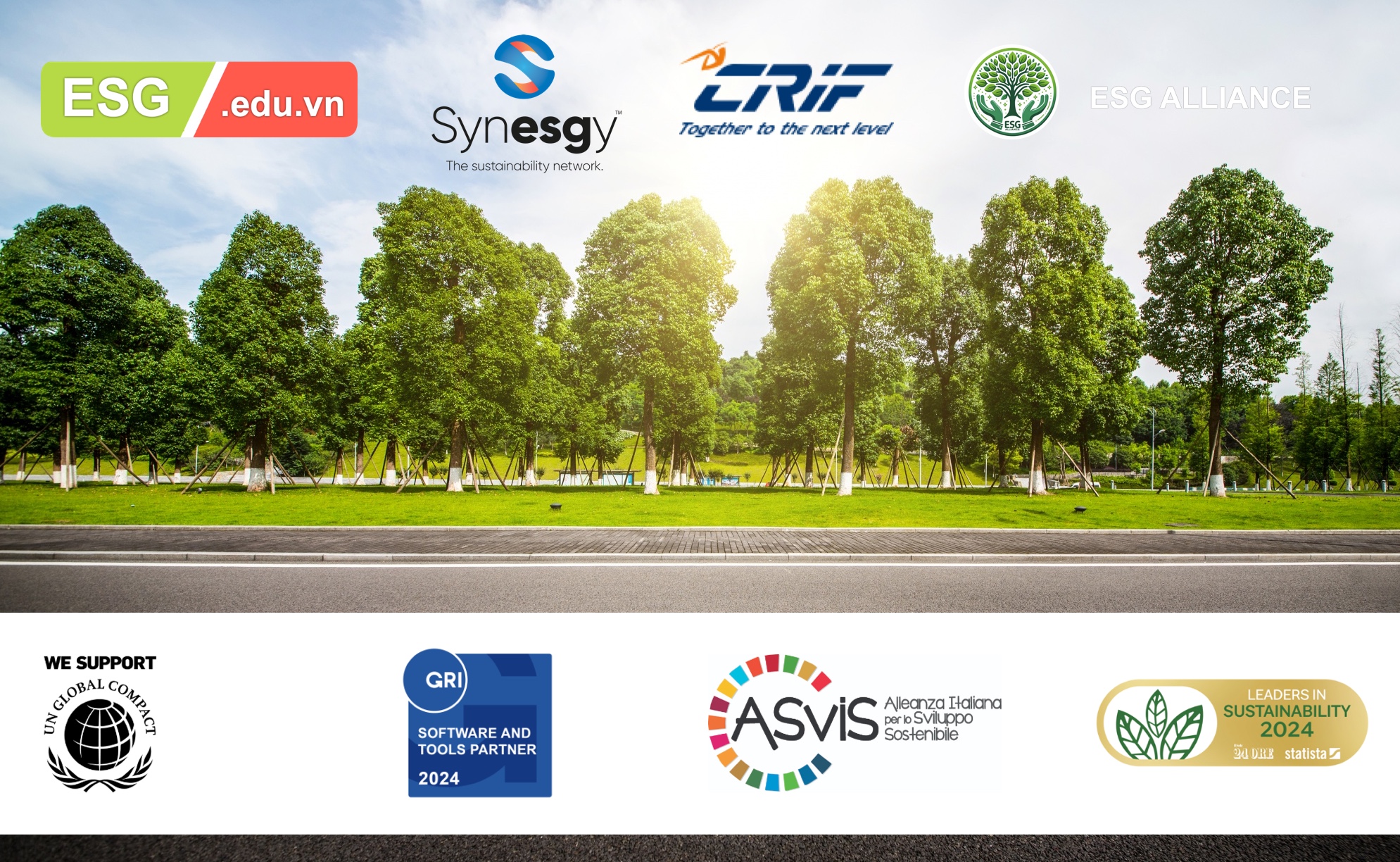







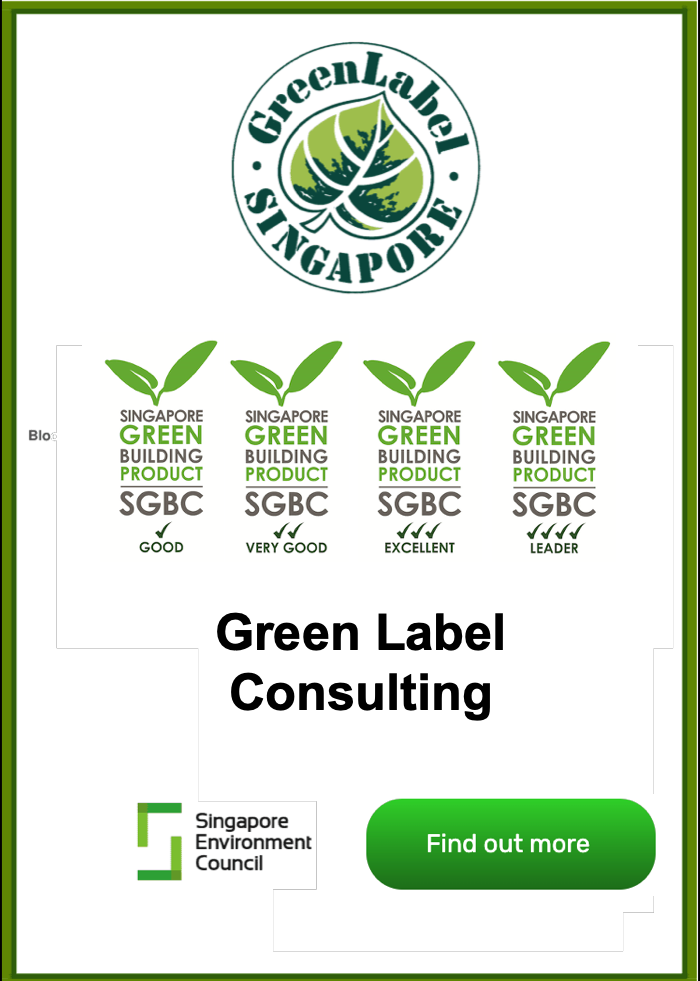
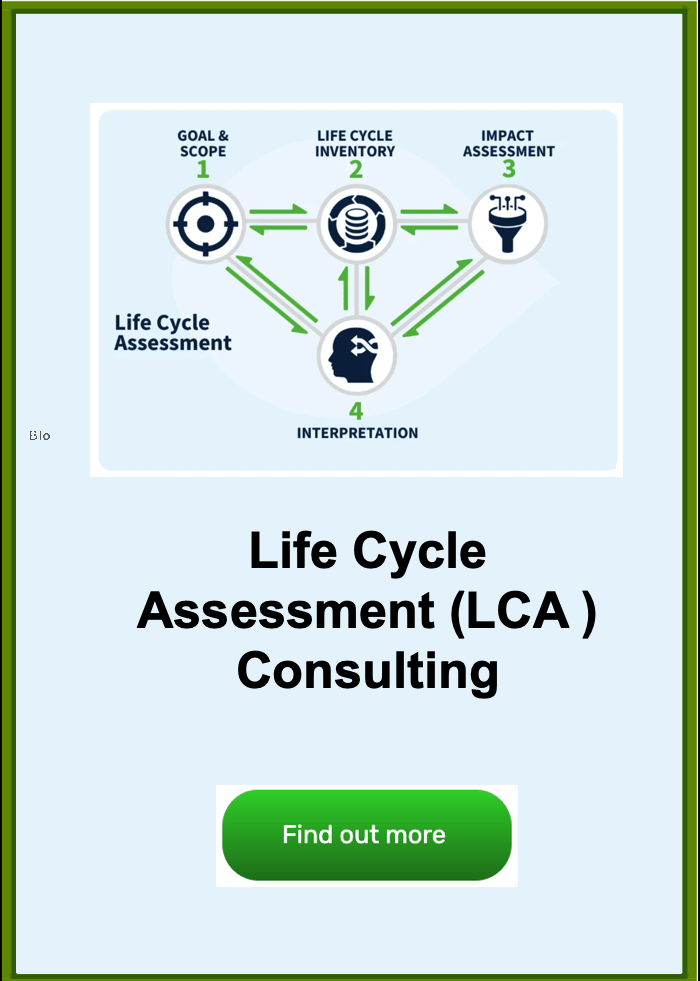

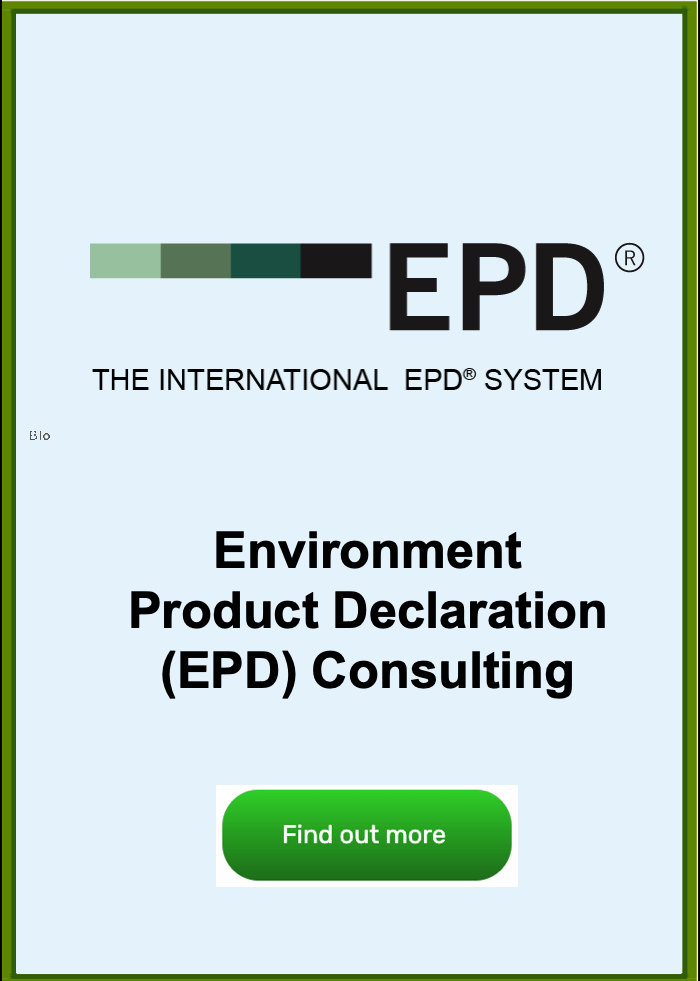
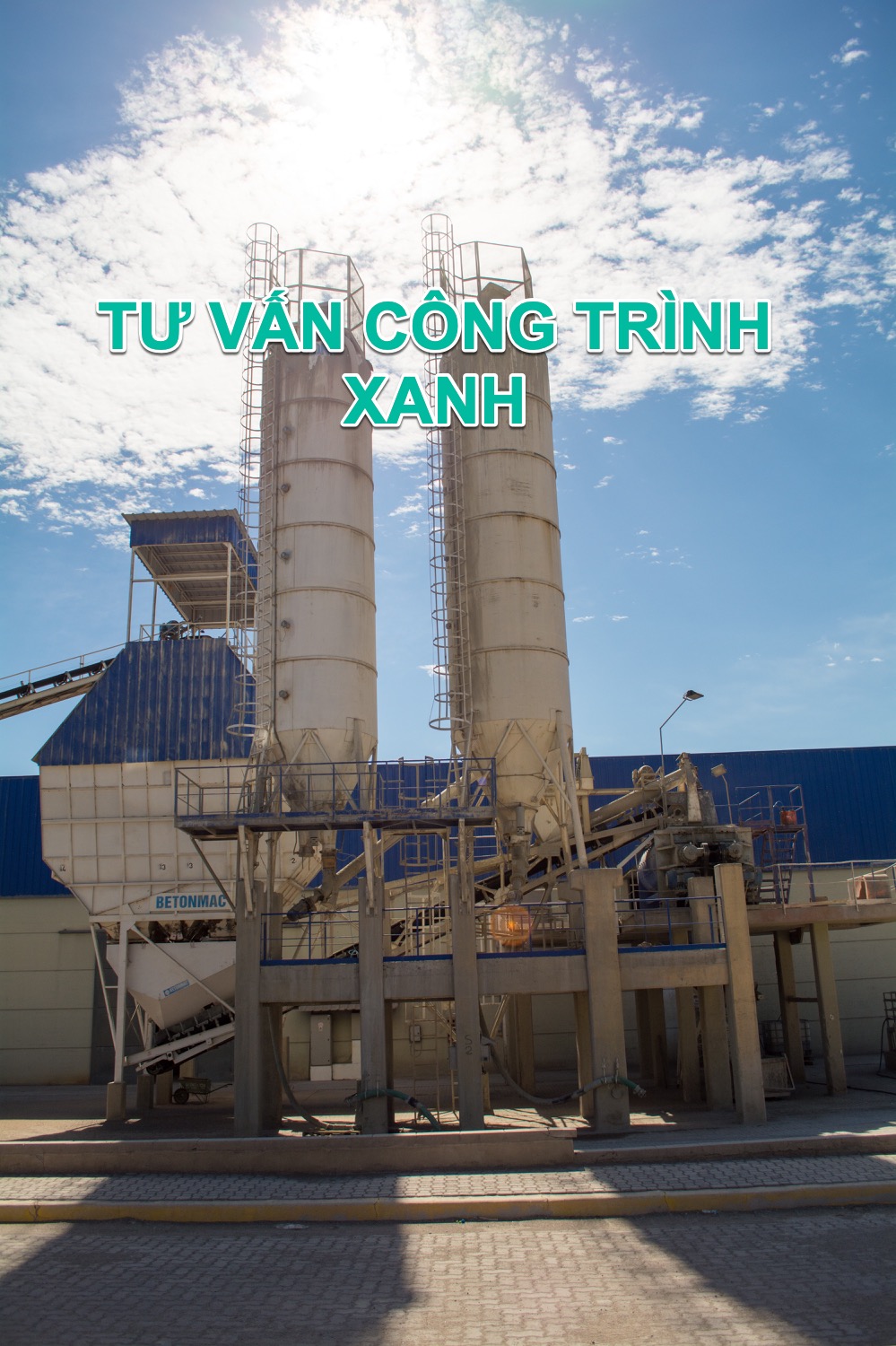


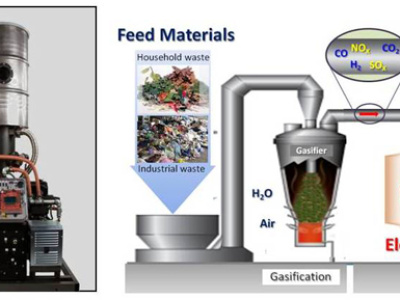
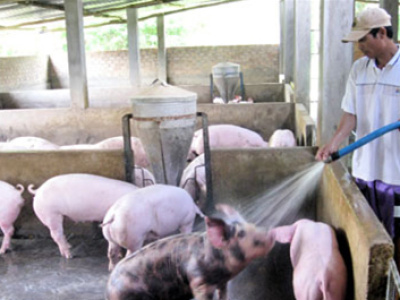
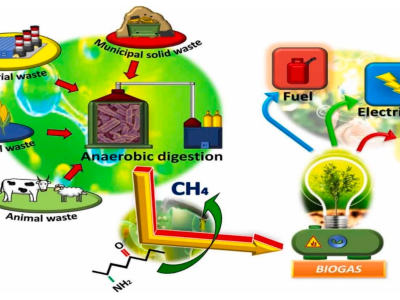
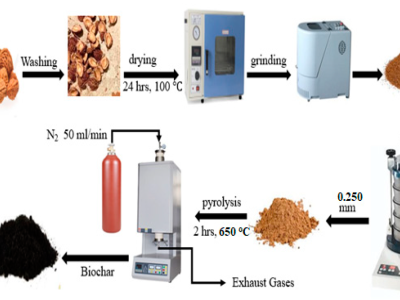
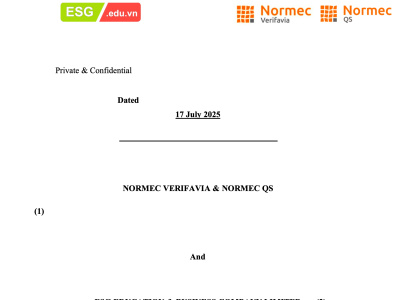
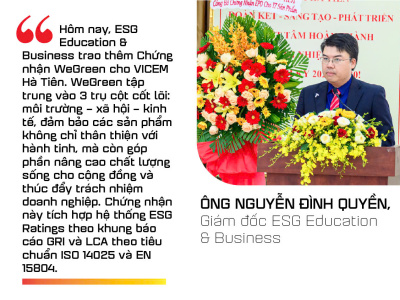
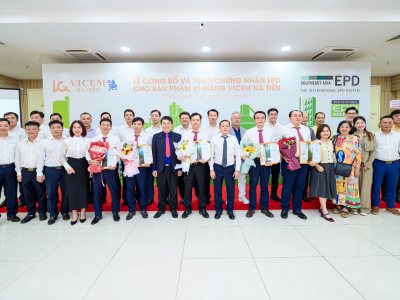
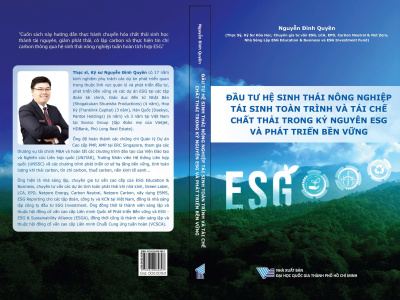


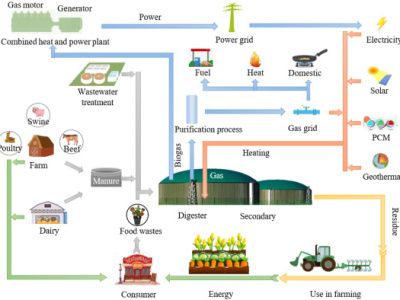
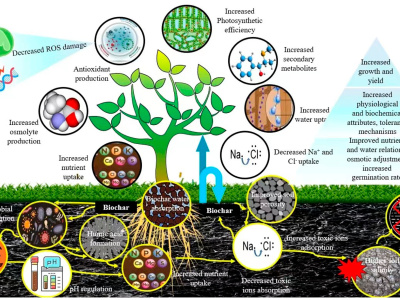
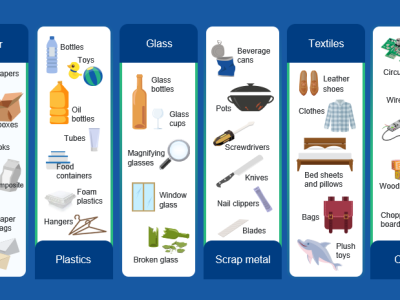
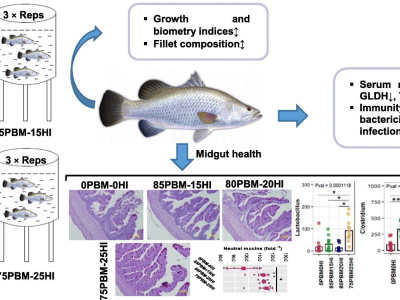
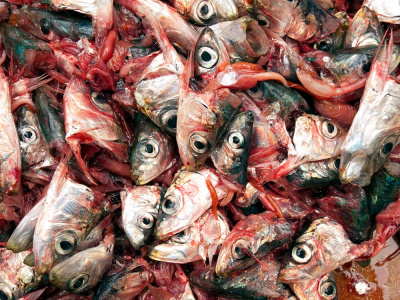
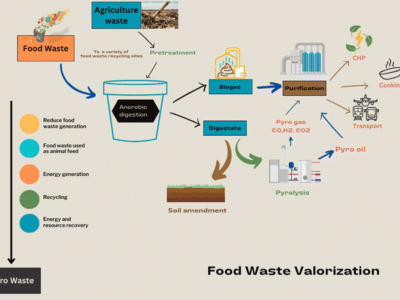
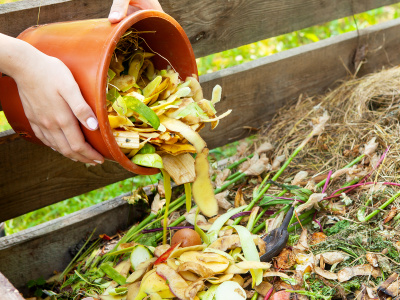
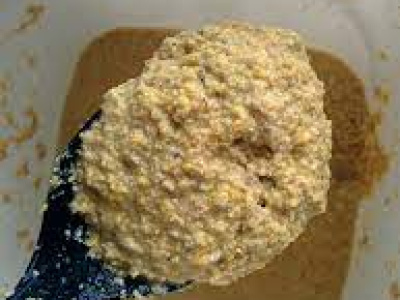
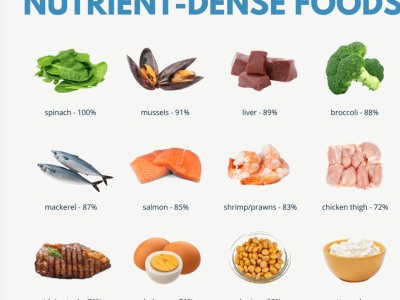
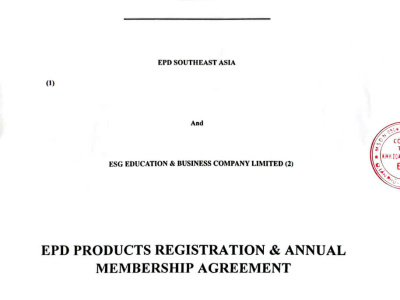
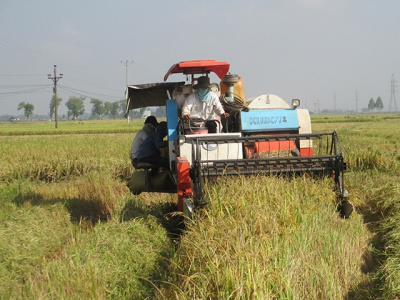
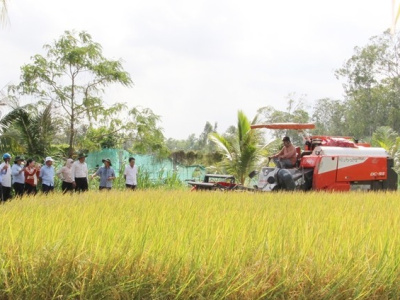
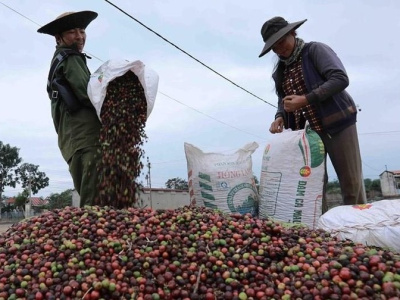
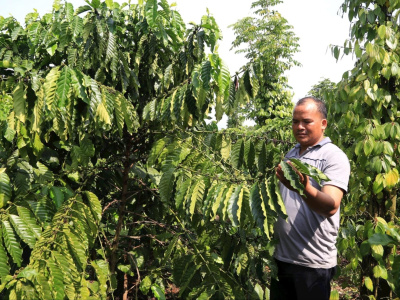
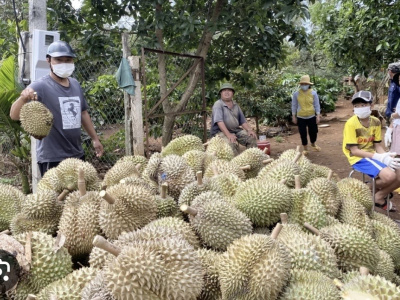
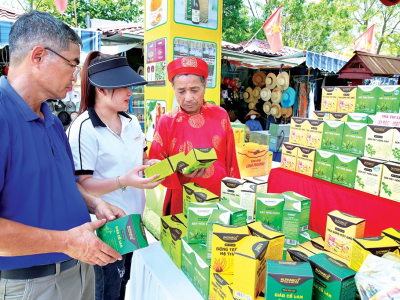
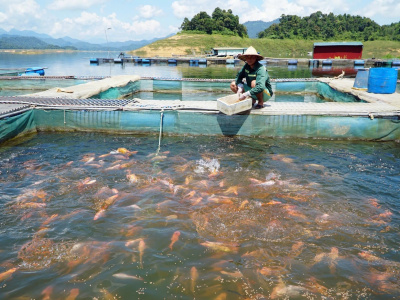
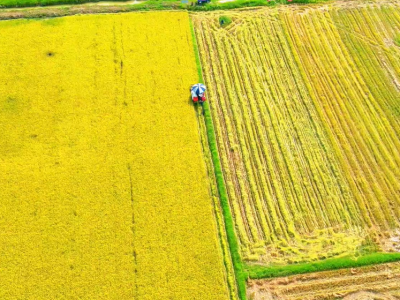
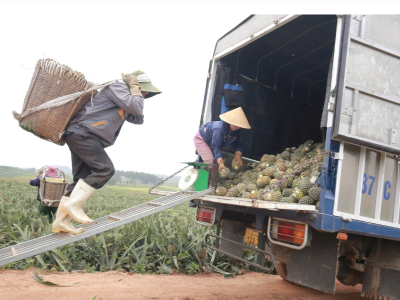
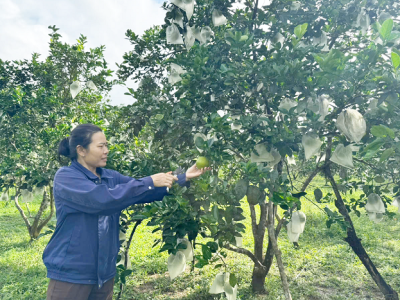
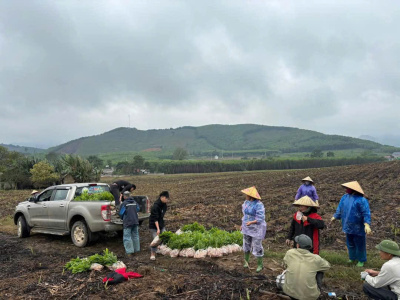
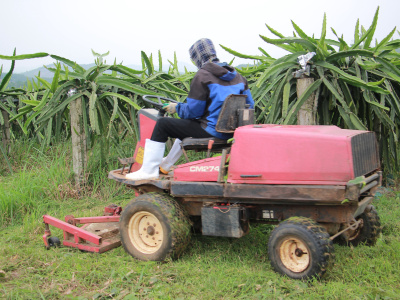
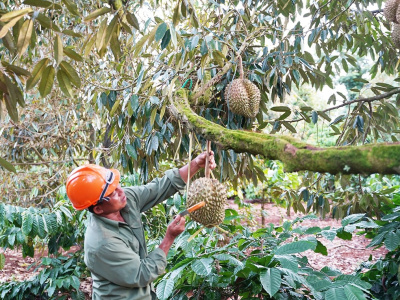
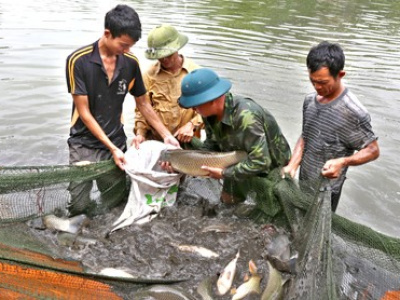
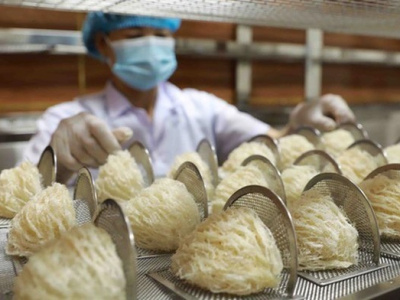
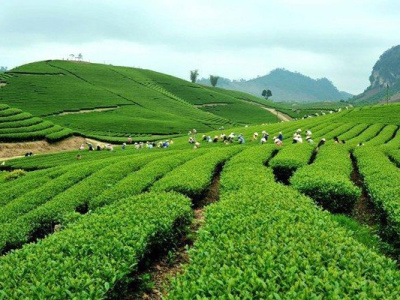
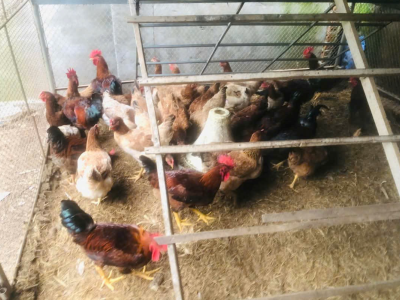
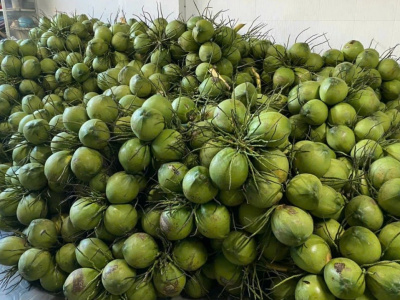
![NGUYỄN ĐÌNH QUYỀN [VN]](https://aseanfarmers.com/wp-content/uploads/NGUYEN-DINH-QUYEN-VN-400x300.png)
